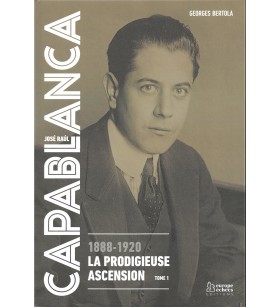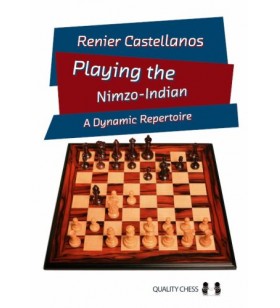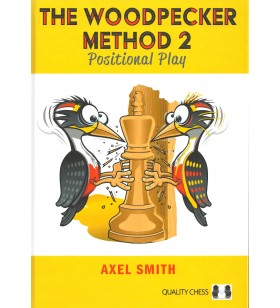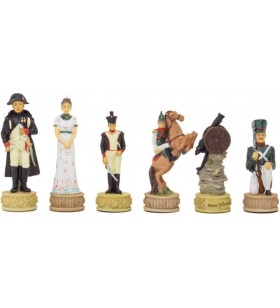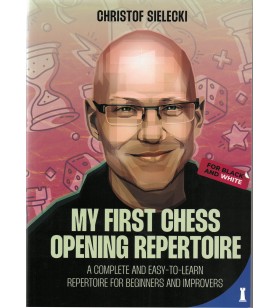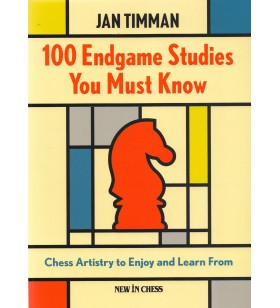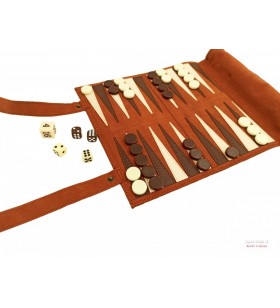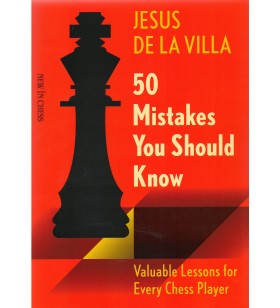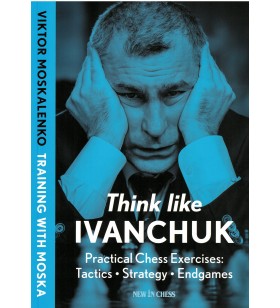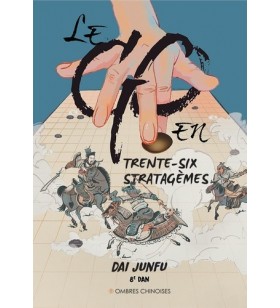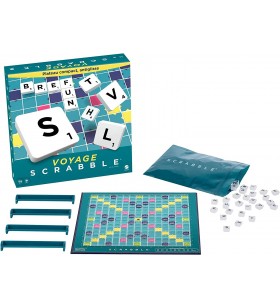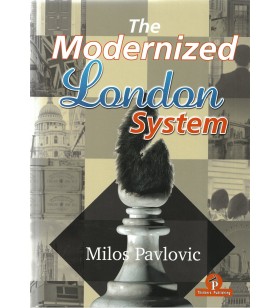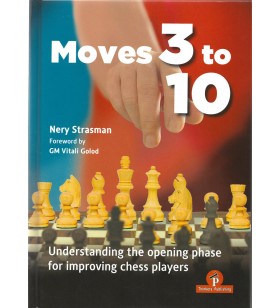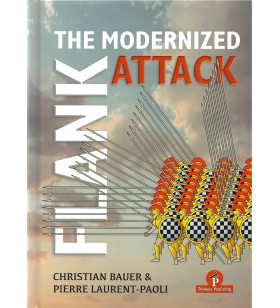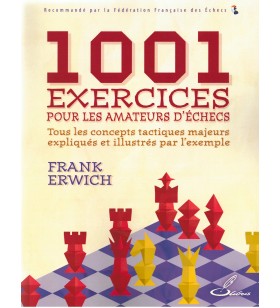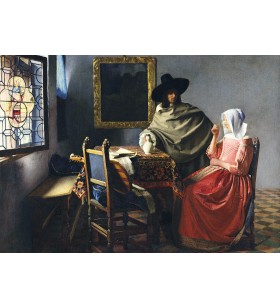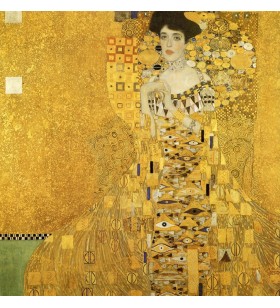
Smith - the Woodpecker Method 2 Positional Play
Swedish chess Grandmaster Axel Smith returns with a sequel to his colossal bestseller, The Woodpecker Method, which was on the tactics of the World Champions. For The Woodpecker Method 2, he has found 1002 foundational positional exercises and prepared them for ‘woodpecking’ – solve the puzzles repeatedly, and boost your positional intuition.
The quick explanation of the Woodpecker Method is that you need to solve a large number of puzzles in a row; then solve the same puzzles again and again, only faster. It’s not a lazy shortcut to success – hard work is required. But the reward can be re-programming your unconscious mind. 383 pages
Sielecki - My first chess opening repertoire ( A complete and easy-to-learnrepertoire for beginners and improvers
Christof Sielecki is a popular author with club players, but this time he is offering a book dedicated to beginners who want to get to grips with the game with the essential theoretical foundations. It contains the main principles of the opening, as well as the possibility of building a first repertoire for both white and black. For details of the openings studied, take a look at the book's table of contents in the photos.
264 pages
Timman - 100 Endgame Studies You Must Know
This time, it's not you should know, but you must know... it's the crème de la crème of endgame studies (as the title indicates, there are 100), compiled and commented on by one of the world's leading specialists, the Dutch GM's Jan Timman.
Divided into 5 chapters, it starts with affordable studies and ends with extremely complex positions. 231 pages
De la Villa - 50 Mistakes You Should Know
It is not the quality of your best moves that wins you games; it is the quality of your worst moves. The quickest way to improve your chess skills is to raise the bar.The Spanish grandmaster and coach Jesus de la Villa has proven with his best-seller 100 Endgames You Must Know that he understands exactly what a chess student needs. Building on his experience as a writer and as a coach for juniors, he has carefully selected the 50 Mistakes every player should be aware of - so the mistake can be avoided. De la Villa loves this quote from the American First Lady, Eleanor Roosevelt: 'Learn from the errors of others. You can't live long enough to make them all yourself.' For over a decade, De la Villa has closely observed the Spanish junior championships, noting the recurring errors that players make. He has taken notes, classified these errors, and created training tasks based on them. From this wealth of chess exercises, he has selected the most impactful and has added recommendations how to correct the error.Your performance will improve dramatically because this book offers you: -50 important chess lessons-detailed and lively explanations-clear summaries and recommendations-dozens of tests. 351 pages
Volovic - Capablanca's Endgame Technique
Capablanca's Endgame Technique : The Astonishing Chess Logic of the Third World Champion by Alex Colovic. Although Jose Raul Capablanca was the World Chess Champion a century ago, his games remain among the most interesting to study. The clear logic and simplicity of his moves inspired other great players such as Mikhail Botvinnik and Bobby Fischer. And the clarity of his play will boost the confidence of any chess student. It all seems so easy when you read the explanations, says a student in a comment on Chessable, so much so that you really believe you can play like Capablanca.
Capablanca's most instructive endgames will help you to understand:
• The principle of two weaknesses - the art of creating a second weakness, leaving opponents helpless because they cannot deal with both at the same time.
• How to convert an advantage in the endgame, not by brute calculation, but by knowing where best to position your pieces.
• Sharpen your intuition in double rook endgames and avoid wasting energy calculating everything and making mistakes.
• The key concept of prophylaxis when it comes to trading pieces, a remarkable aspect of all Capablanca's games. You will learn when to trade off unnecessary pieces.
Capablanca's Endgame Technique will help you play with precision at all levels of the game, not just in the endgame. It was Capablanca himself who said, 'To improve your game, you must study the endgame before anything else.'
Alex Colovic is a grandmaster from Macedonia who has won 18 national championships and represented his country in three chess Olympiads. He is a prolific chess writer, drawing on his thirty years of experience as a tournament player and chess coach.
Moskalenko - Think Like Ivanchuk
Think like Ivanchuk : Practical Chess Exercises: Tactics, Strategy, Endgames by Viktor Moskalenko (Hardcover Edition). Think Like Ivanchuk is a celebration of a true chess genius. This book is a collection of Vasyl Ivanchuk's best games, a chess biography and a highly entertaining training manual all in one.
Vasyl Ivanchuk, a super-grandmaster from Ukraine, was born in 1969 and was the best player in the world in the 1990s behind World Champion Garry Kasparov. He has won the Olympiad, the super-tournaments in Linares and Wijk aan Zee, and many, many other events. He is an incredibly versatile player and has employed almost every possible opening variation known to chess.
Grandmaster Viktor Moskalenko has known his compatriot since childhood, has been his second and sparring partner, and understands his style like no other. Moskalenko has selected Ivanchuk's most fascinating games against world champions and top grandmasters and has derived more than 500 training positions from them. The exercises are fun, engaging, and presented in a way that any chess player can understand.
This collection of Ivanchuk's best artistic ideas will make you think like Ivanchuk and reach new heights in chess. Welcome to Planet Ivanchuk!
Viktor Moskalenko (1960) is one of the leading chess instructors of our time. The Ukrainian Grandmaster has authored numerous inspiring opening manuals such as.Trompowsky Attack & London System, An Attacking Repertoire for White with 1.d4, The Fully-Fledged French, The Wonderful Winawer, and The Fabulous Budapest Gambit. 286 pages
Pavlovic - The modernized London System
Although known for a long time, the London started to catch up in popularity just in the last decade or so. I guess the reason for this is probably the desire of many players to focus more on the practical side of chess, with less use of engines and less memorization of long theoretical lines, and more about positional understanding of game. I must say, it received a huge boost not only in the number of games but also in a deeper understanding of the positions arising from the opening. In the past it was used from time to time, but only a few players employed it on a regular basis, such as grandmasters from former Yugoslavia, Milorad Knezevic and Vlado Kovacevic, and the English GM Tony Miles, who used it often.
Today, Kamsky is one of the players who uses it very often, and of course Magnus Carlsen, but we have many other grandmasters and non-grandmasters who now have it in their repertoire on a regular basis. I must say that it’s also important to emphasize the move orders of the line, and due to that we have an immense number of transpositions, which you don’t find so much in other openings.
My experience with the London is good and bad: after I lost a game to grandmaster Volkov in the Rilton Cup, I decided that such positions are not exactly my cup of tea, but in 2019 I picked it up again in one game in a World Senior tournament and produced a very good game. So, as in any opening, good and bad games can happen, but the London itself became a very important part of 1.d4 theory.
Milos Pavlovic, 2024.
248 PAGES Hardcover
Strasman - Move 3 to 10
I used to play a lot of chess as a teenager many decades ago. Those days, there were hardly any computers that played the game and there was certainly no Internet. Learning new ideas in the game was possible only through books or magazines and if something was not clear, there weren’t too many people to consult for explanations. I was never a great player and quit when other things in life took precedence. Then, a few years ago, I decided to start playing again and be better than before. This time, there were a lot of resources at hand computers’ analysis, streamers, commentators everywhere. This meant that now, opening theory became monstrous in its size. Learning all of it is now a very difficult task. I realized that the key to any improvement, before memorizing endless variations, lay in understanding the opening phase better and practicing as much as possible hence the reasoning behind this book.
Nery Strasman, 2024 - 256 pages - Hardcover
Bauer/Paoli - The modernized flank attack
The g2-g4 (or ...g7-g5) pawn push is considered unconventional and often associated with backroom chess games or old-fashioned openings like the King’s Gambit.
Despite being one of the most weakening moves available, g2-g4 has been seen more frequently at the top level of chess.
While g2-g4 (or ...g7-g5) can lead to interesting fights, it also entails considerable risk and often results in messy, non-traditional positions with higher chances of mistakes.
It's crucial to remain objective and not get carried away by the excitement of launching an attack, as aggressive pawn pushes can quickly backfire.
The book aims to cover a wide range of chess openings involving g4 (...g5), regardless of whether the idea is strong, interesting, or unadvisable.
Over 50 games are analyzed, showcasing different scenarios where the g-pawn push is utilized, including attacking a short-castled king, challenging the stability of a knight on f3 (or ...Nf6), and seizing space on the kingside.
The examples illustrate a mix of these three reasons, with one prevailing in each case.
The authors, Pierre Laurent-Paoli & Christian Bauer, hope readers will enjoy exploring the lines presented in the book and implement them into their own play. 359 pages Hardcover
Erwich - 1001 exercices pour les amateurs d'échecs ( tous les concepts tactiques majeurs expliqués et illustrés par l'exemple)
It is the french translation of this book.
a book with 1001 tactical exercises, the level is for players between 1500 and 1900 elo. 218 pages

 Français
Français Nederlands
Nederlands English
English